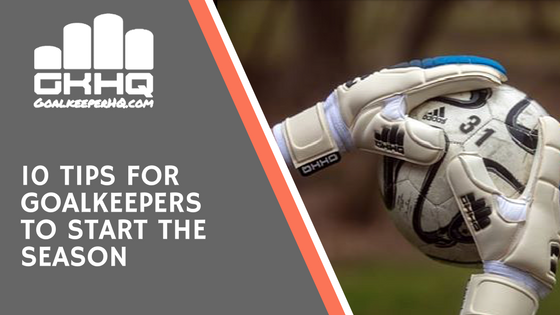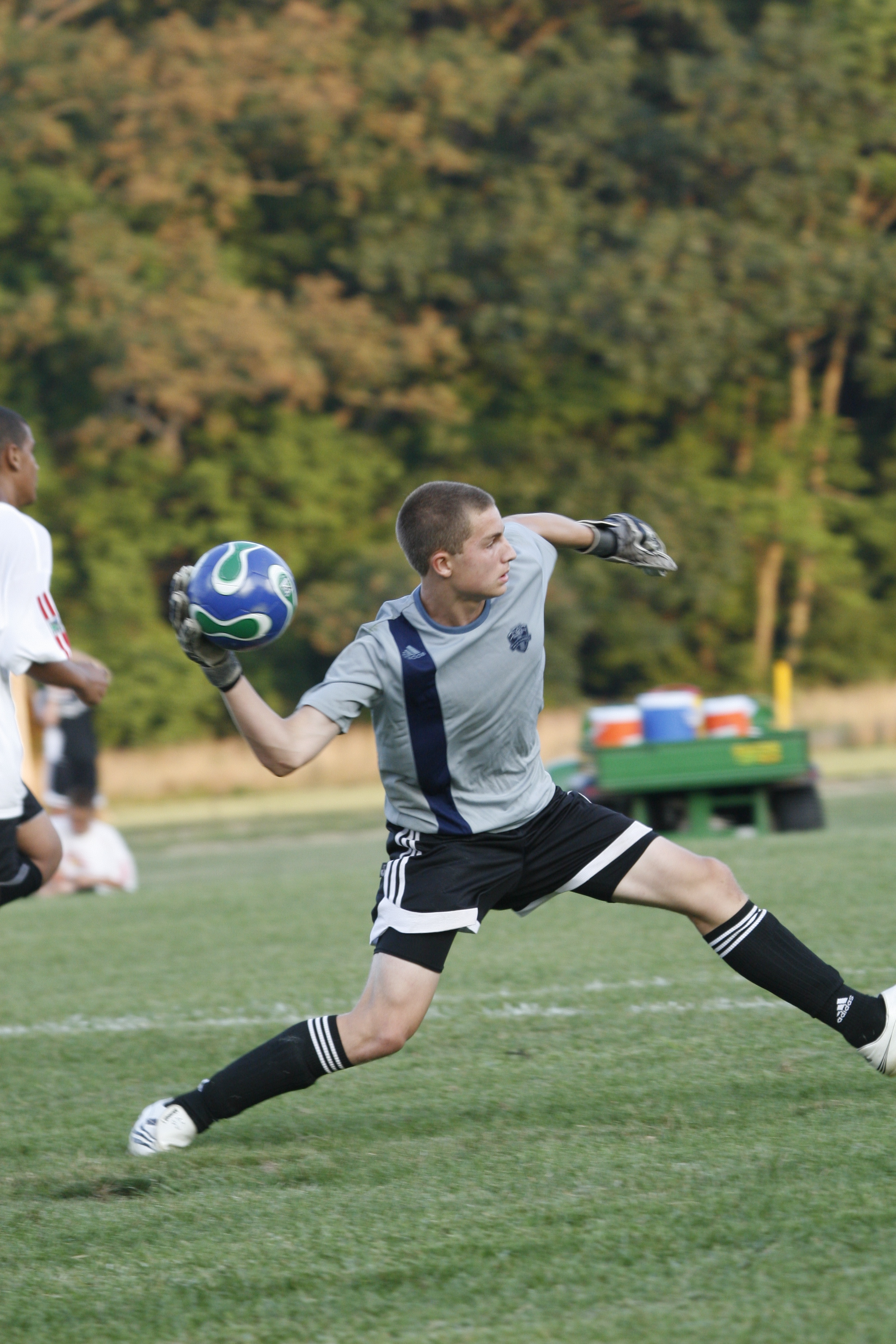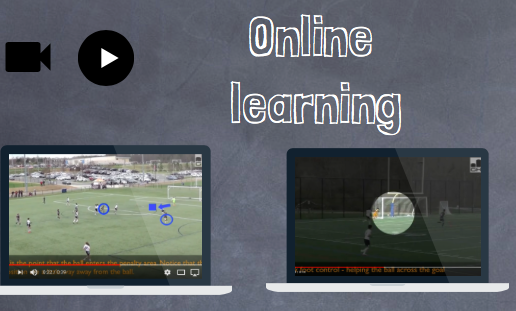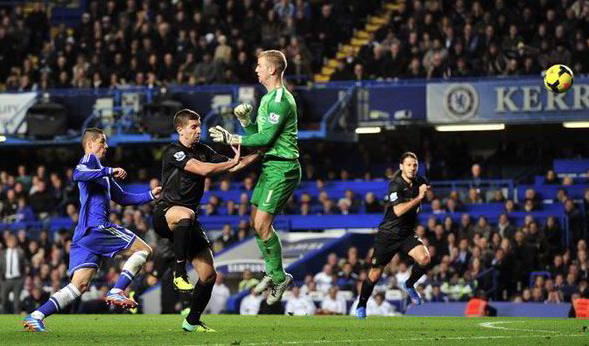
Balls behind the defense
One of the most common plays in youth soccer is the through ball which, if the goalkeeper is not 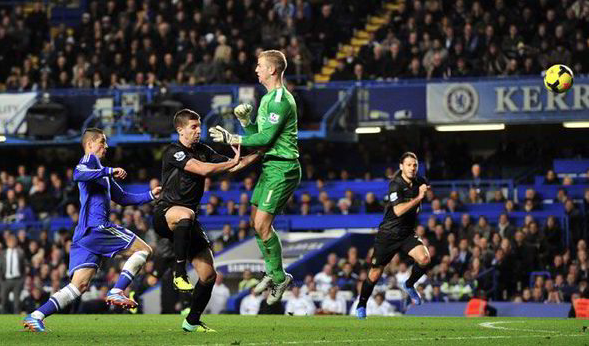 switched on can prove dangerous. As a goalkeeper, you are responsible for guiding your team. You have the privilege of seeing the whole field and should see the opposition set up their attacking play. It is your responsibility to share what you see.
switched on can prove dangerous. As a goalkeeper, you are responsible for guiding your team. You have the privilege of seeing the whole field and should see the opposition set up their attacking play. It is your responsibility to share what you see.
Goalkeepers should recognize the typical method of the “Up, back and through” or when a player is ready to do a large kick over the top so that they can take control when the ball is over or behind the defense. An appropriate advanced starting position will help you to win the race to win the ball if necessary.
Whilst constant communication of various types should be the norm, I see three main times when an instruction is vital.
1) When the ball is in the air
2) When the ball is has gone behind the defense and they are now facing you – the goalkeeper.
3) During set pieces
I am concentrating on the first two.
The call from the goalkeeper must be early. The purpose of calling is to give information in time for effective action to be taken. Late calls do not permit effective action.
What to say when the ball is either in the air of behind defense.
1 – Keeper’s coming! : You are coming to collect ( either inside or outside the area ). Note that a call of just “Keepers” may lead to confusion.
2 – Knock it back / Head it back : It’s keepers ball, but needs a player to help it on to you. As per the back pass
information, you should provide an audio and a visual of where you want the ball played. Goalkeepers should not be requesting the ball back if the ball is in the area. ( Too risky plus you should have already come to collect )
3a – Away : You can’t deal with it, but hopefully someone else can. If the opposition are closing down on your defender and a bouncing ball means that a pass back would cause more trouble then this should be the call. If the ball is running into the penalty box and you have not collected, the call should also be away.
3b – Turn outside : No need to knock it back, turn so you can set up an attack.
Here is one example of a situation where good communication allows the goalkeeper to receive.
https://www.youtube.com/watch?v=WLeCPkgtizY&feature=youtu.be
Lack of communication causes confusion HERE
Example of a call ” Keepers coming – Let it run
Example of through ball where Keeper has to come HERE
( defenders after hearing “Keepers coming” should be screening the forwards and be ready for rebound.) Example of through ball where keeper collects. HERE
Example of when “Away” would be appropriate. HERE

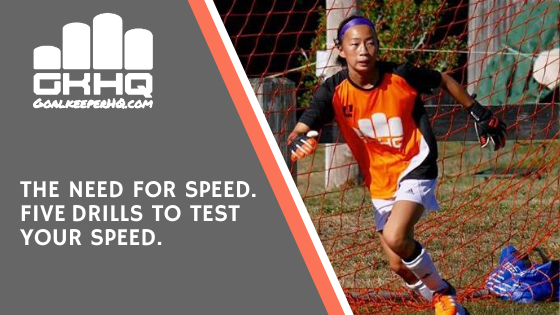
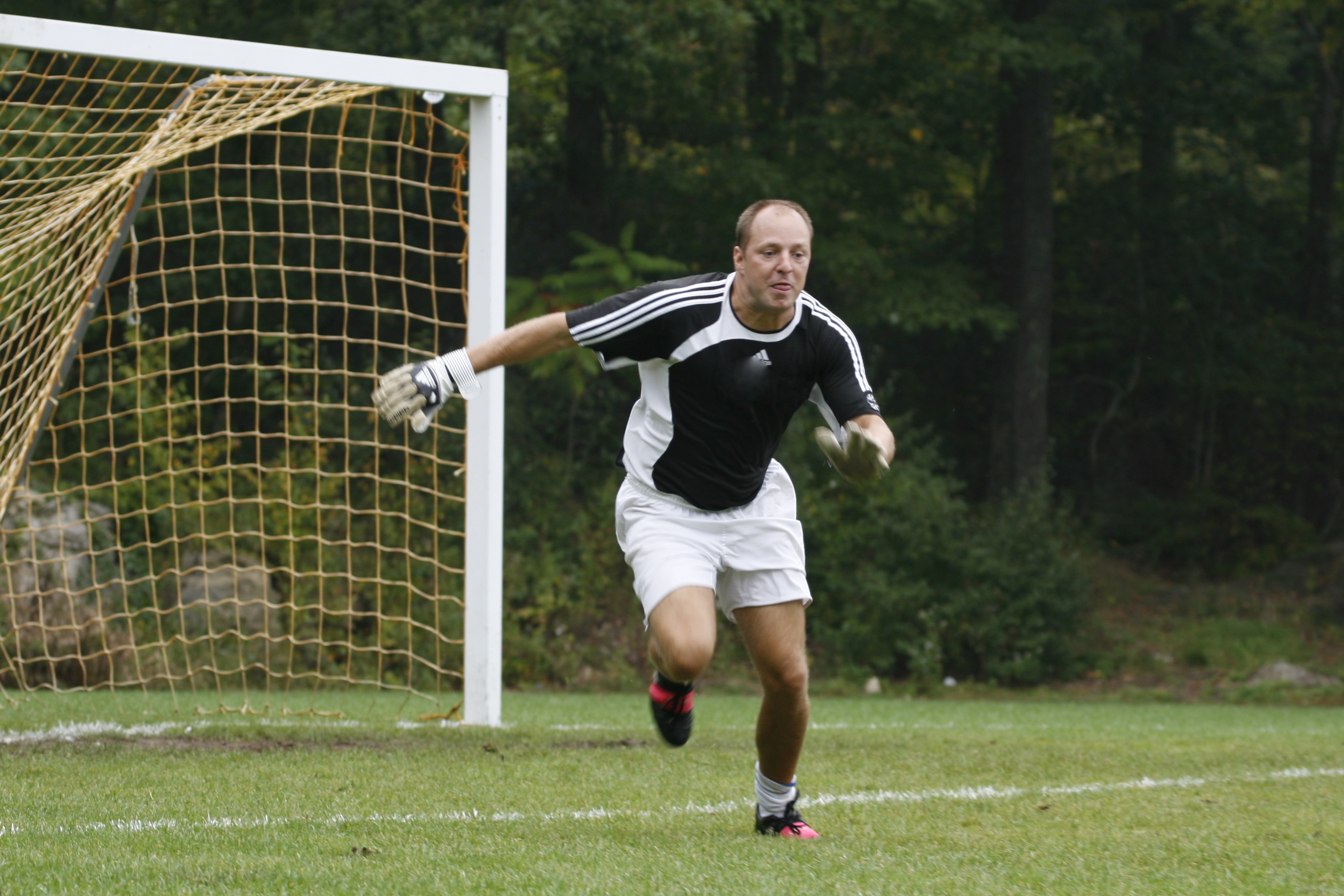
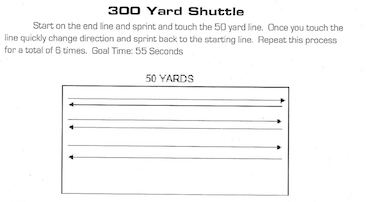
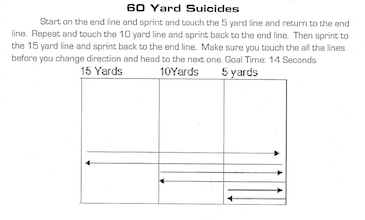
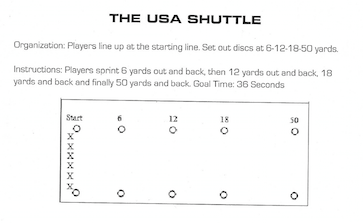
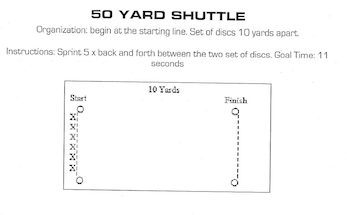
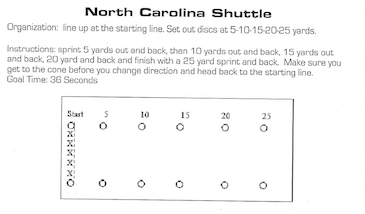

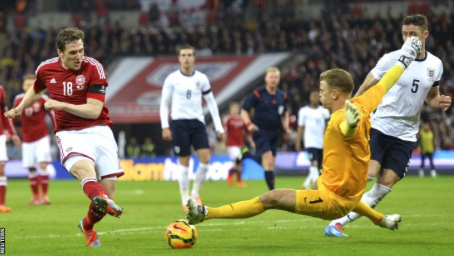
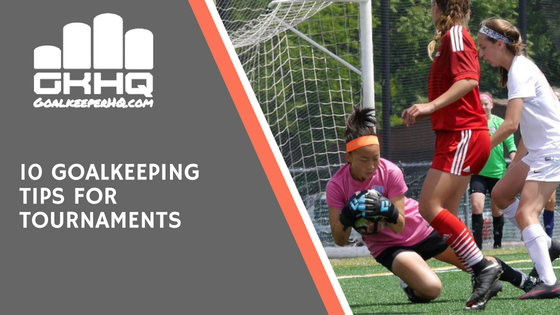

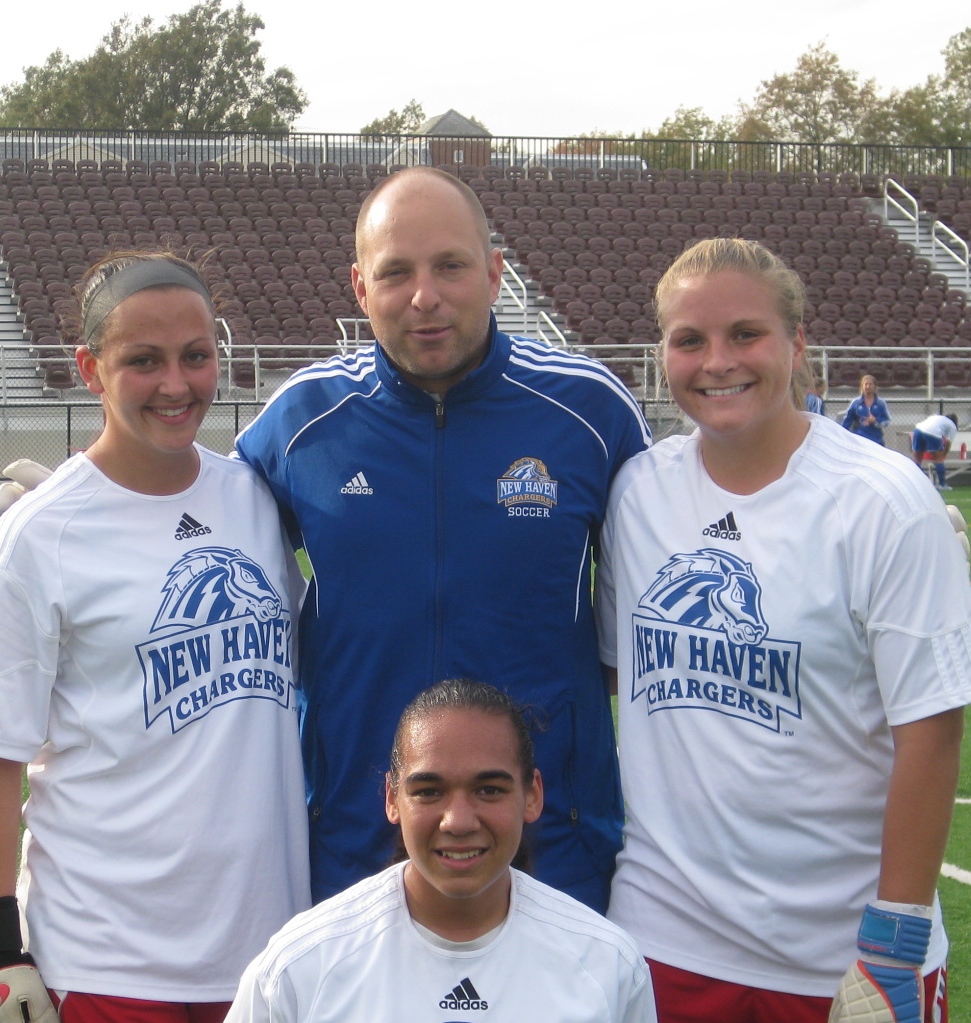 1) What is the academic reputation of the school?2) Does the school offer the major of your choice?
1) What is the academic reputation of the school?2) Does the school offer the major of your choice?